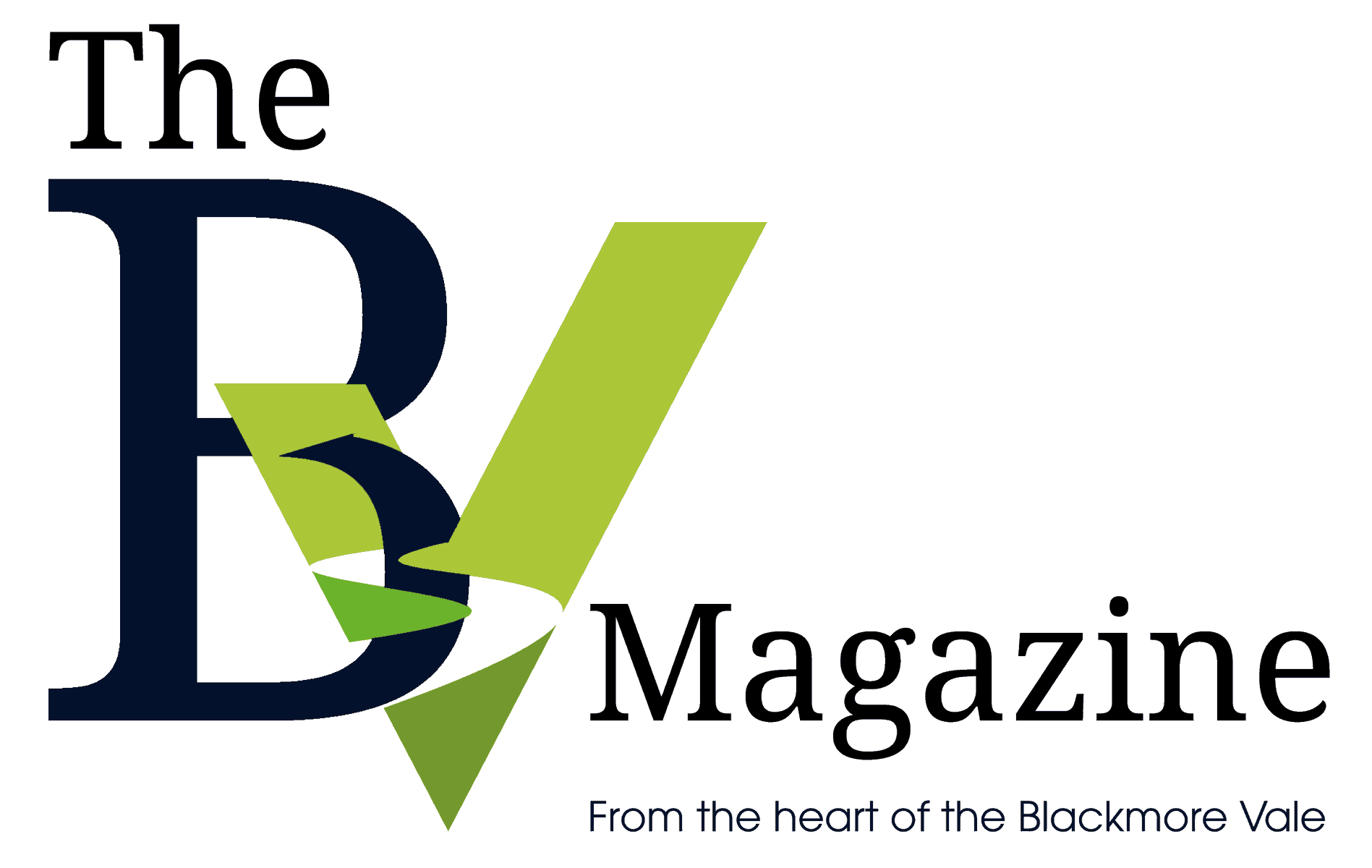Former Royal Navy officer Chris Taylor, an acclaimed civil certification test pilot, explains the unique skill set required for the job

When you jet off for your holiday in the sun, how often do you think about the work that went into making your flight safe?
Chris Taylor, who lives near Salisbury, has had a successful career as a Royal Navy officer, a test pilot, helicopter pilot and finally as an internationally-acclaimed civil certification test pilot. He has flown more than 400 different types of aircraft, and is arguably one of the best qualified and widely experienced test pilots working today, anywhere in the world.
With that kind of background, it is little wonder he has written three books about his career. When he came to the recent Sturminster Newton Literary Festival, the room was packed, and there were lots of questions from the audience!
How did Chris choose the career path that led him to becoming a test pilot?
‘I always wanted to be a pilot, ever since I watched lightning jet fighters over Anglesey on family holidays! In the mid 70s, Thames TV did a documentary about the test pilot school at Boscombe Down, and that was that. I got my PPL (private pilots licence) at 17 and I did engineering at university. When I graduated I joined the Royal Navy as a navigation officer before flying Lynx helicopters. I had a 20-year career in the navy.’

The best of the best
As a test pilot, Chris has flown many different types of aircraft, from ex-military jets to home-built aeroplanes. Is there one that stands out as the best aircraft to fly?
‘There is no perfect aeroplane. It’s like cars – there’s no one perfect car. But, if I could choose one aeroplane it would be the Sea Fury. With the Fleet Air Arm, the Sea Fury was the iconic fighter aircraft of the 1950s and it was the last of the big fighters.’
And what about career highlights?
‘Being a grandfather actually! I’ve had some good experiences. The most awesome flight I did was in a Variable Stability Harrier or VAAC at Boscombe Down. It was a modified Harrier from the 1980s. It was one of the research vehicles that eventually found itself in the F35 programme*.’
A special kind of pilot
There are lots of people who simply want to fly, but what skills are needed to become a test pilot?
‘First of all, you need to be an above-average pilot. You have to be very competent with your mental agility. You need to be analytical about what is happening around you. You must also be a good verbal communicator and be able to communicate with clarity and brevity.
‘At Boscombe Down we had many tools at our disposal, and would specifically fly an aircraft to determine the specifics. It’s not casual flight – you academically test things. For example if something is meant to fly at 90 miles an hour you ask why it isn’t reaching that speed.
‘Regular pilots will take six months to learn how to fly a single aircraft. A test pilot has to fly things to test them – it’s a bit like a rental car. When you rent a car, you sit there and look for the clutch, the brake and the basics, so you know how to drive it. Then you check for the specifics, including the computer programme these days. You look for what is different.’
‘I think some test pilots struggle to dial down their ability. They have to consider an average pilot in their first plane – would they be able to manage that? I look at the work that Winkle Brown did as a test pilot. He flew lots of aircraft, but wasn’t always able to dial down. Your job as a test pilot is to think “could a less experienced colleague do that?”

Testing protocol
When the news broke recently about the submersible that imploded while travelling to see the wreck of the Titanic, it was obviously horrifying. However, the initial investigation has brought the use of experimental vessels into discussion – and, of course, not listening to testing experts.
Chris says: ‘It wasn’t a wise thing to do. In aviation you have aircraft that are fully tested – that’s what we go on holiday in. They are all rigorously checked, the systems are tested and it’s safe. It’s probably more dangerous getting to the airport!
‘I get to test experimental aircraft, and I take no one with me who is not operational and on the job. Four flew with me recently and we got into some quite dangerous things. Afterwards, we reflected on whether we needed all those people on board.
It would go against my principles to take fare-paying passengers on something like that!
‘That submersible was not approved and was conducting research. Taking fare-paying passengers on board in a situation like that is disastrous. There will always be thrill-seekers out there, but I don’t do that. I like to think it’s a wake up call for people who go out doing these things.’
Chris has written three books – a trilogy of his career. ‘My third book is on the computer right now!’ he says. ‘It’s the final version from the publisher. My most recent book is about the 20 years I spent in the Royal Navy as an operational Lynx and Wessex pilot. It’s a prequel to the prequel! The first book was about me the test pilot, and the second about my time as an experimental test pilot. I’ve documented my career so my grandchildren can read about what granddad did.’
- Chris Taylor’s books Test Pilot, Naval Aviator, and Experimental Test Pilot are published by Pen and Sword.
*The Lockheed Martin F-35 Lightning II is a modern fighter jet – a single-seat, single-engine, all-weather stealth combat aircraft.




